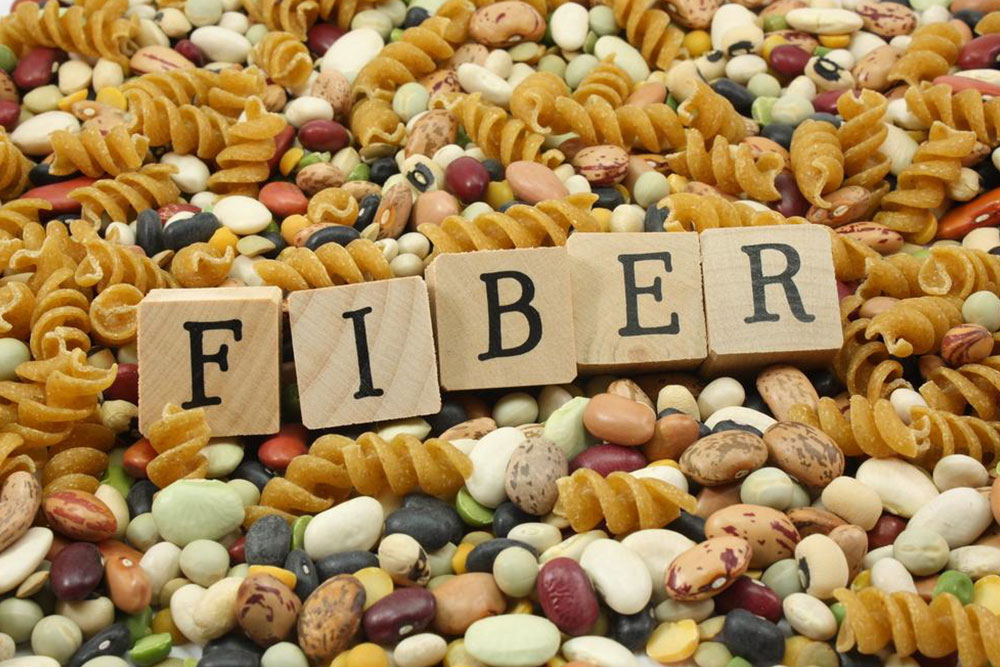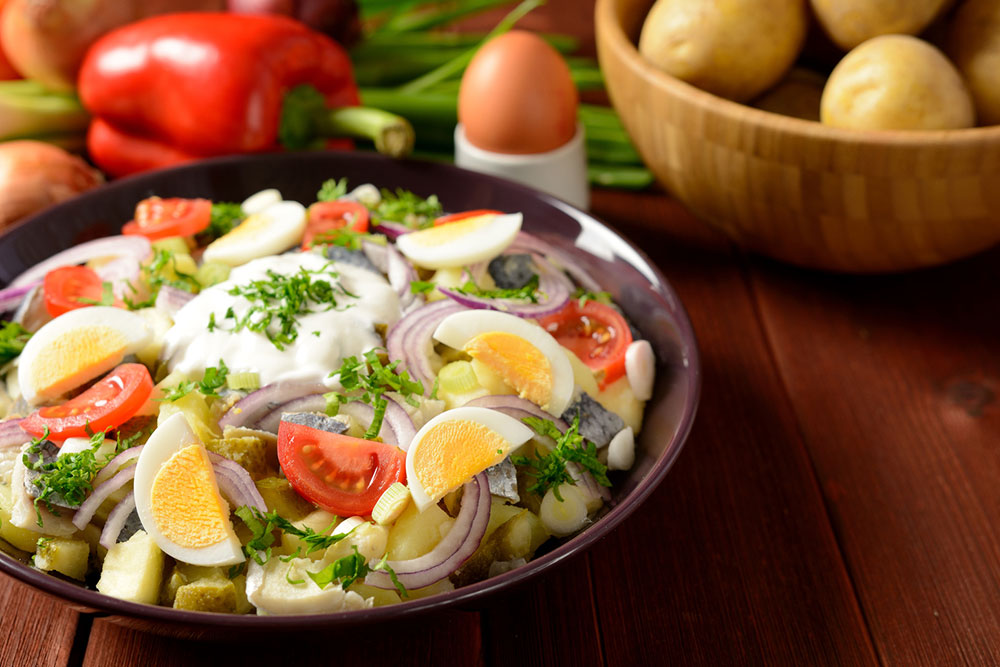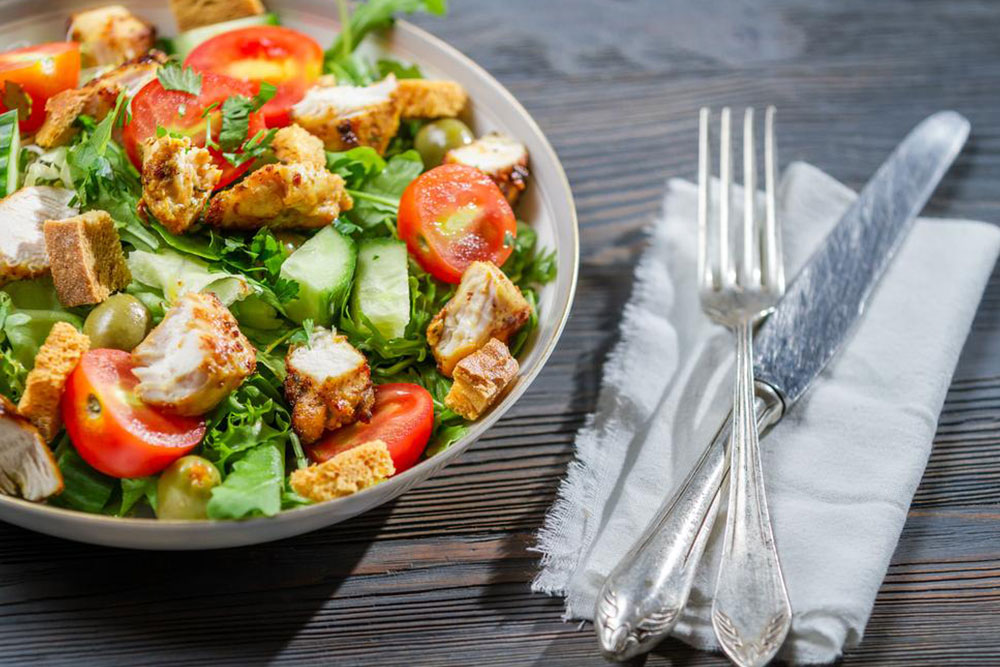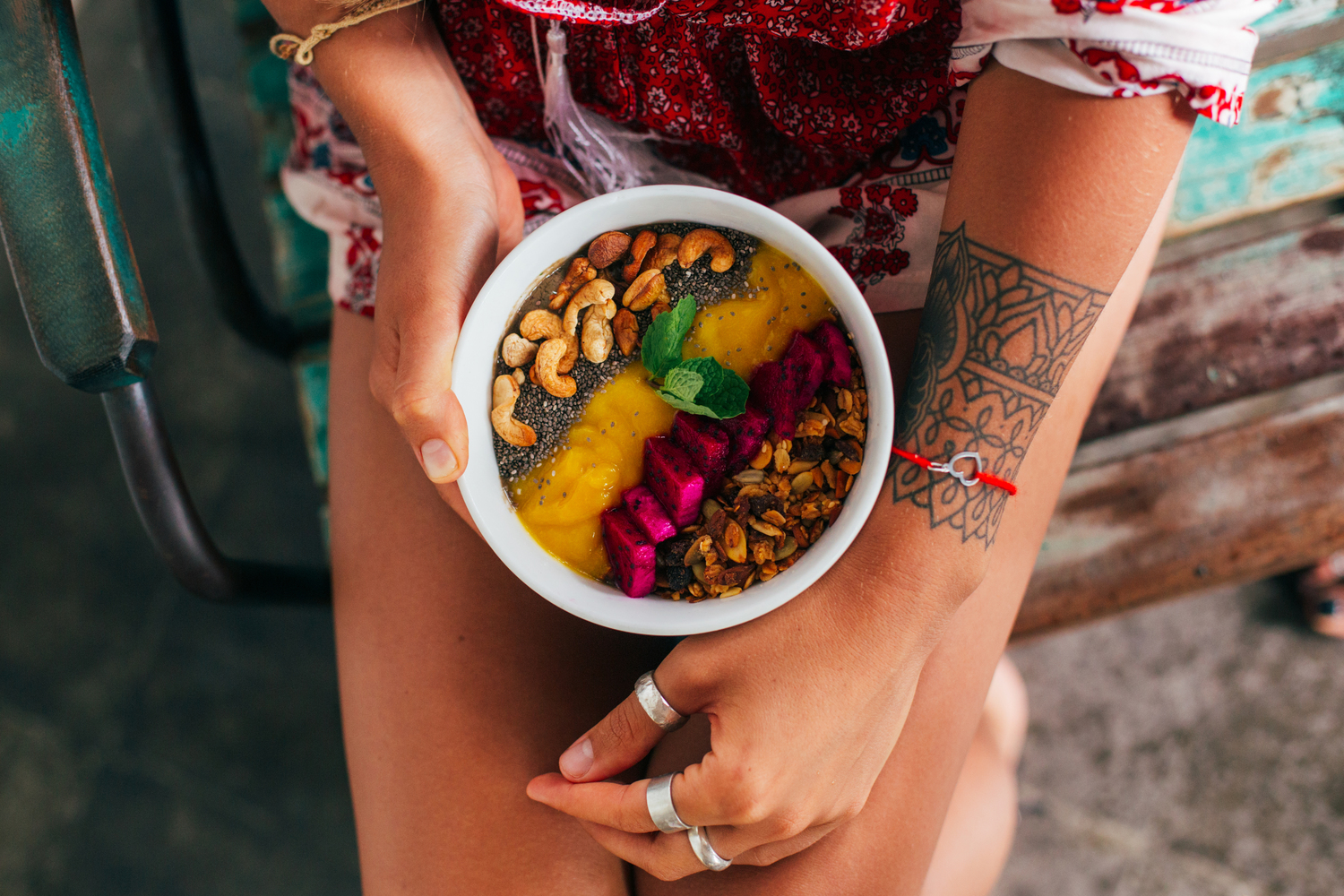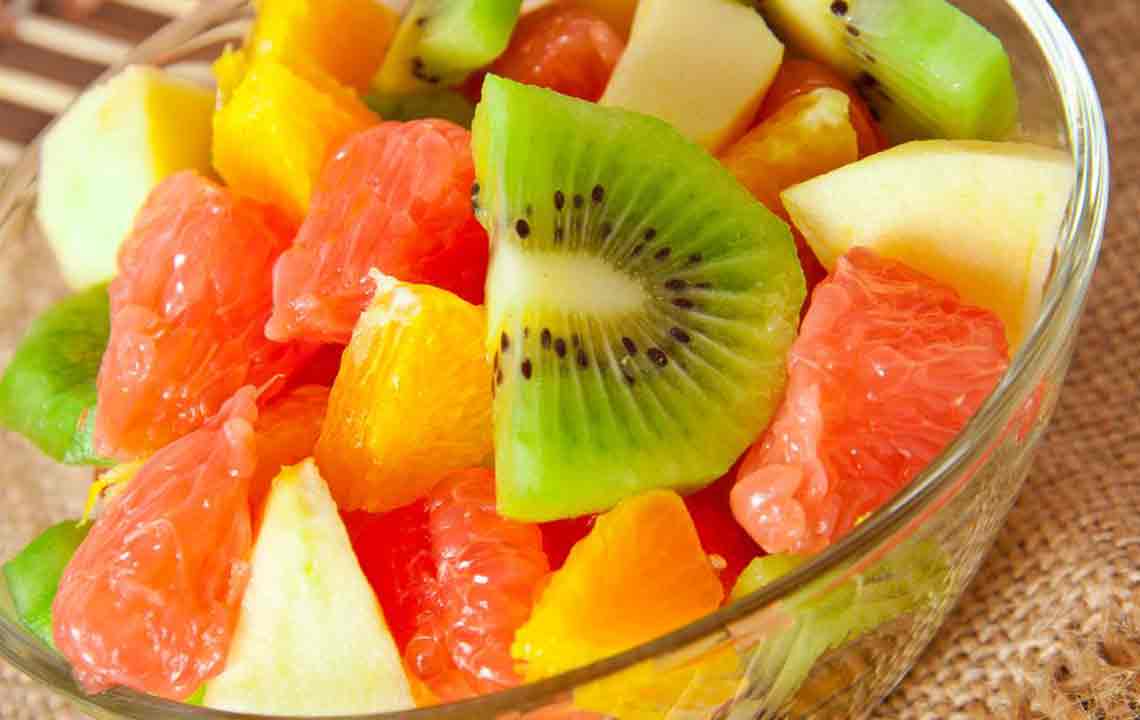Boost Your Health with a High-Fiber Nutrition Plan
Discover how to incorporate high-fiber foods into your daily diet for improved health. This guide covers recommended fiber intake, breakfast ideas, snacks, lunch and dinner options, and tips to boost digestion and reduce health risks. Embrace a balanced, low-fat, fiber-rich eating plan to support heart health, weight management, and cancer prevention while enjoying delicious meals.
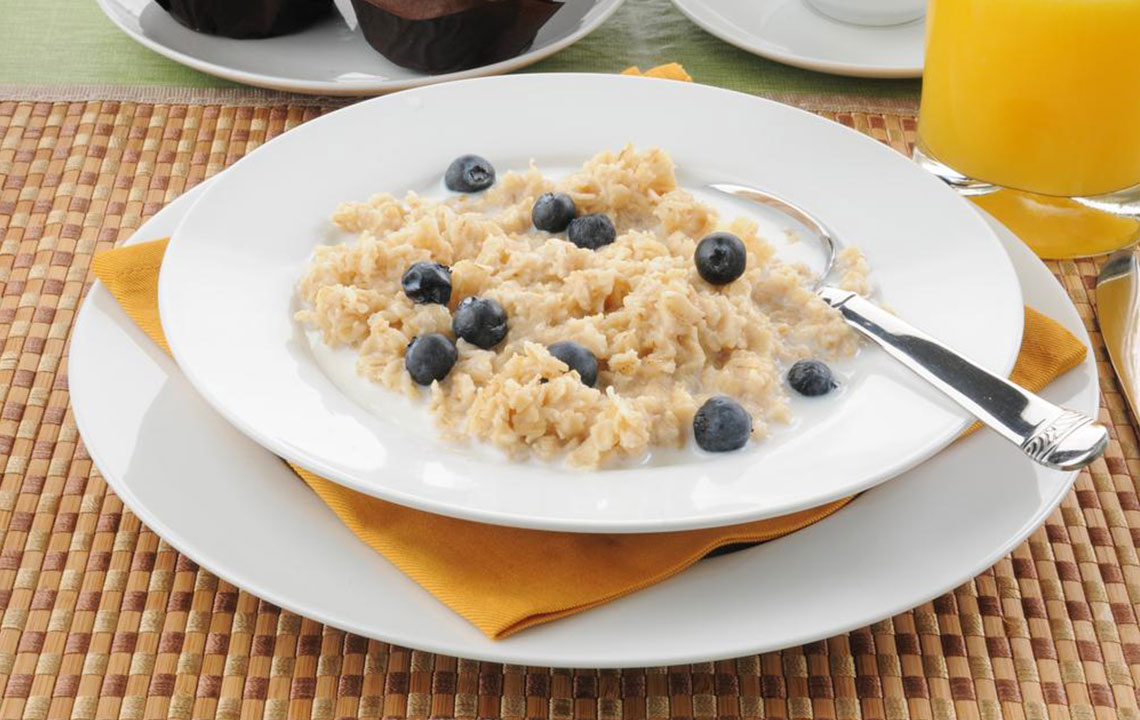
Boost Your Health with a High-Fiber Nutrition Plan
Getting enough fiber is essential for maintaining good health, yet many individuals fall short of the recommended intake. Modern diets filled with processed and fast foods often lack sufficient fiber, leading to various health issues. Adequate fiber consumption can reduce the risks of type 2 diabetes, improve cardiovascular health, lower cancer susceptibility, promote digestive wellness, and support weight management. Implementing a high-fiber diet tailored to daily needs can unlock these health benefits and enhance overall well-being.
What are the daily fiber intake recommendations?
Dietary guidelines suggest men under 50 should aim for 38 grams of fiber daily, while women in this age group need about 25 grams. Men over 50 should consume 30 grams, and women of the same age should target 21 grams per day.
Healthy breakfast choices rich in fiber
When starting your day, opt for a bowl of oatmeal, which provides around 4 grams of fiber. Alternatively, a serving of whole-grain cereal is a good option. To reach the recommended 5 grams of morning fiber, add berries like blueberries, blackberries, or raspberries to your oatmeal. This boosts fiber intake and reduces fat consumption. Use low-fat or fat-free dairy or plant-based milk like soy. Instead of sugar, fruits add natural sweetness. Hydrate with water, herbal tea, or black coffee. If you prefer juice, select unsweetened varieties in moderation.Ideal snack options for fiber intake
Snacking twice a day with fiber-rich foods helps curb cravings and boosts energy. Fresh fruit paired with a tablespoon of hummus, baby carrots, popcorn, or nuts are excellent choices. These snacks are low in fat and high in fiber, aligning with a healthy diet plan.High-fiber lunch ideas
For lunch, incorporate whole grains like brown rice, whole-wheat bread, or pasta. These foods are low in fat but high in fiber. Add a protein source such as fish, beans, nuts, tofu, or peanut butter. Mix things up by making a bean burrito, whole grain pasta with vegetables, or a banana sandwich on whole grain bread. Include plenty of vegetables and fruits, complemented by water or herbal tea for smooth digestion and hydration.Nutritious dinner options
Dinner portions should be moderate to help control cravings. Whole grain pasta dishes with lean proteins or plant-based options like lentil soup are great choices. Black bean burgers on whole wheat buns are also nutritious. Incorporate lots of vegetables cooked with olive oil, seasoned with herbs, salt, and pepper. Fruits and vegetables should feature prominently in your evening meal to support fiber intake and overall health.Following a high-fiber diet not only provides essential nutrients but also supports heart health and lowers cancer risk. Remember, healthy fats, especially unsaturated fats, are important and should not be eliminated entirely from your diet. Focus on balanced, fiber-rich, low-fat foods for optimal wellness.

